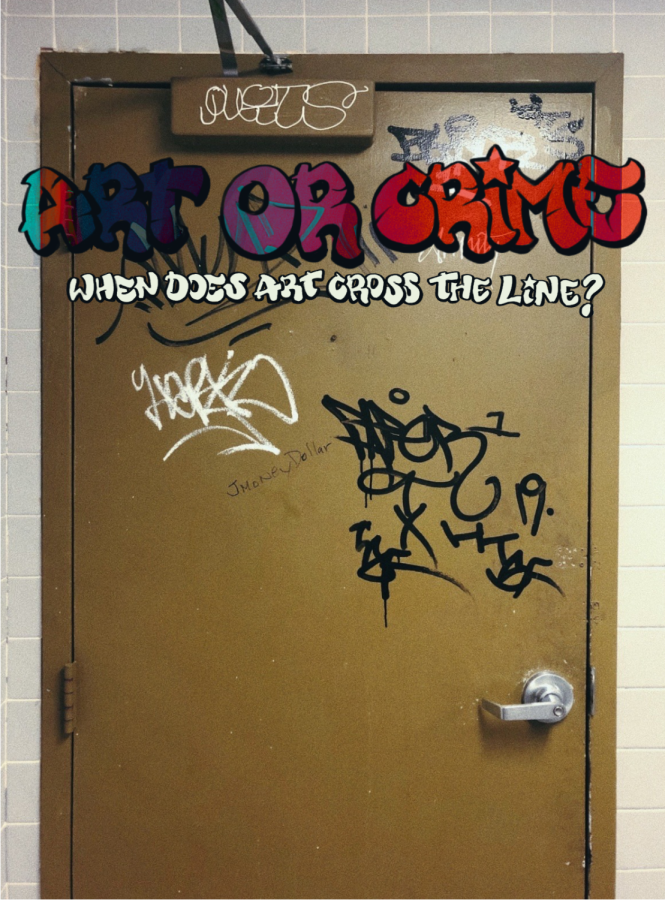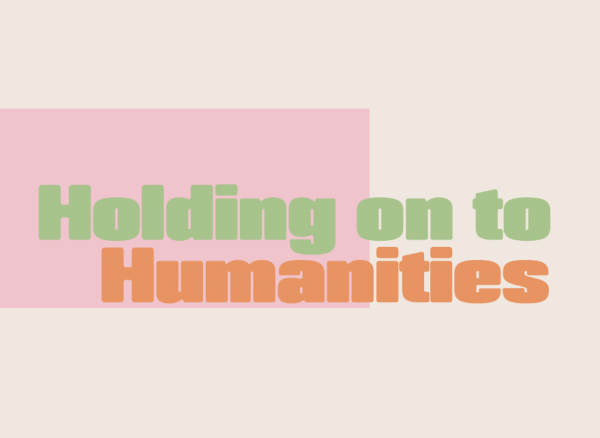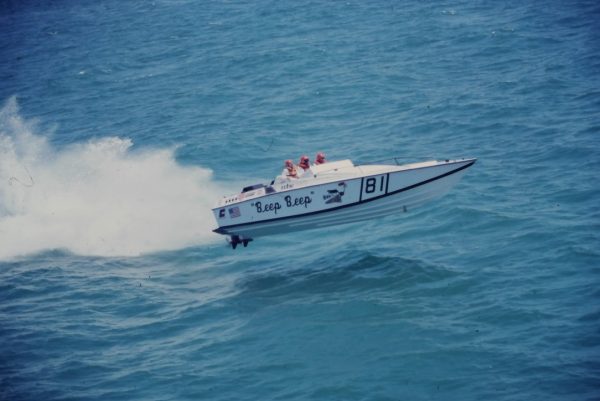Perspective: Art or Crime
When does art cross the line?

The concept of graffiti has brought to light a multitude of political, legislative and moral disputes regarding the limitations of expressive art. Darryl McCray, most commonly known by his tagg name “Cornbread,” is recognized as the world’s first modern graffiti artist.
Born and raised in Brewerytown, PA, McCray began his artistic journey attempting to get the attention of a girl, and “Cornbread loves Cynthia” was soon plastered on establishments throughout Brewerytown. McCray’s success in his romantic efforts inspired himself and others to continue down the path that rapidly guided cities globally to modern-day graffiti.
A surge in tagging that followed McCray’s work led to the association of graffiti with vandalism. Now, graffiti is most commonly separated from criminality when it is appealing to its audience. However, many people still have strong opinions regarding the art of graffiti, no matter the appeal.
Murals are a commonly recognized form of public art that require an extensive process to ensure their legality. Yet to a passerby, the unknown legality of a public work of art may not affect their perception of the piece. Graffiti itself is only recognized as vandalism when it is determined to be unappealing or controversial.
In an interview discussing the illegality of graffiti, well-known graffiti artist Apathy reveals the frustration many graffiti artists feel when audiences’ perceptions are skewed by the illegality of the art.
“It’s not so much if someone thinks of graffiti as a crime,” Apathy said. “Graffiti is a crime, so I would expect everyone to think of it as that. But if someone views it as vandalism, I would say they are less likely to open their eyes up to the art form behind the crime.”
Many artists find excitement in their work, particularly due to the illegality of the act. The issue that arises when criminality is brought into conversation is the use of the word “criminal” to neglect the art behind the crime.
Graffiti is used frequently as a form of anonymous activism to bring light to the hostile state of the world. The illegality of the act becomes an issue for the legitimacy of many artists when audiences use it as an excuse to neglect the importance of the implications concealed within the art.
These roadblocks have led to complicated attempts to legalize graffiti: designated graffiti walls have recently been established in large cities worldwide such as Athens, Paris and Buenos Aires, opening the doors to a newfound form of positive expression.
Some walls are established by owners of buildings who open them to the public; others offer a first-come-first-serve permit that artists can obtain for a day of painting. These walls can be difficult for many artists to navigate—platforms such as legal-walls.net, which showcases the locations of all 1,832 graffiti-safe spaces globally, and widewalls.net, which showcases the work and significance of many well-known artists, have aided many graffiti artists in legalizing their artistic expression.
The ever-evolving ways of expression through art have become increasingly controversial for communities of artists. Controversy is not always negative when it comes to artistic expression; in fact, it is often used to draw attention to the importance of the art.
As the viewers of these public works of art, we are left with a choice: to walk by unbothered and label graffiti as “vandalism” or stop and look for the messages concealed within the controversy.
Art and photo by Kellyn Scheel

2020-2021 - Art Consultant
2021-2022 - Art Director
2022-2023 - Creative Director
I found a love for art when I was only five. From then on I...










![UNSUNG HEROES — Fred Korematsu, Karen Korematsu and Aiko Herzig-Yoshinaga are awarded the Asian American Justice Medal to recognize their fight for justice following the incarceration of Japanese Americans during World War II. In addition, scientists Shuji Nakamura, David Ho, Tsoo Wang, Mani Menon and Chih-Tang “Tom” Sah receive the Asian American Pioneer Award. "[As a scientist,] it is crucially important to be able to communicate your work and your discoveries to [not only] other scientists, but also to the general public," Ho said. Photo by Talia Boneh](https://cmagazine.org/wp-content/uploads/2025/07/useee-600x400.jpg)